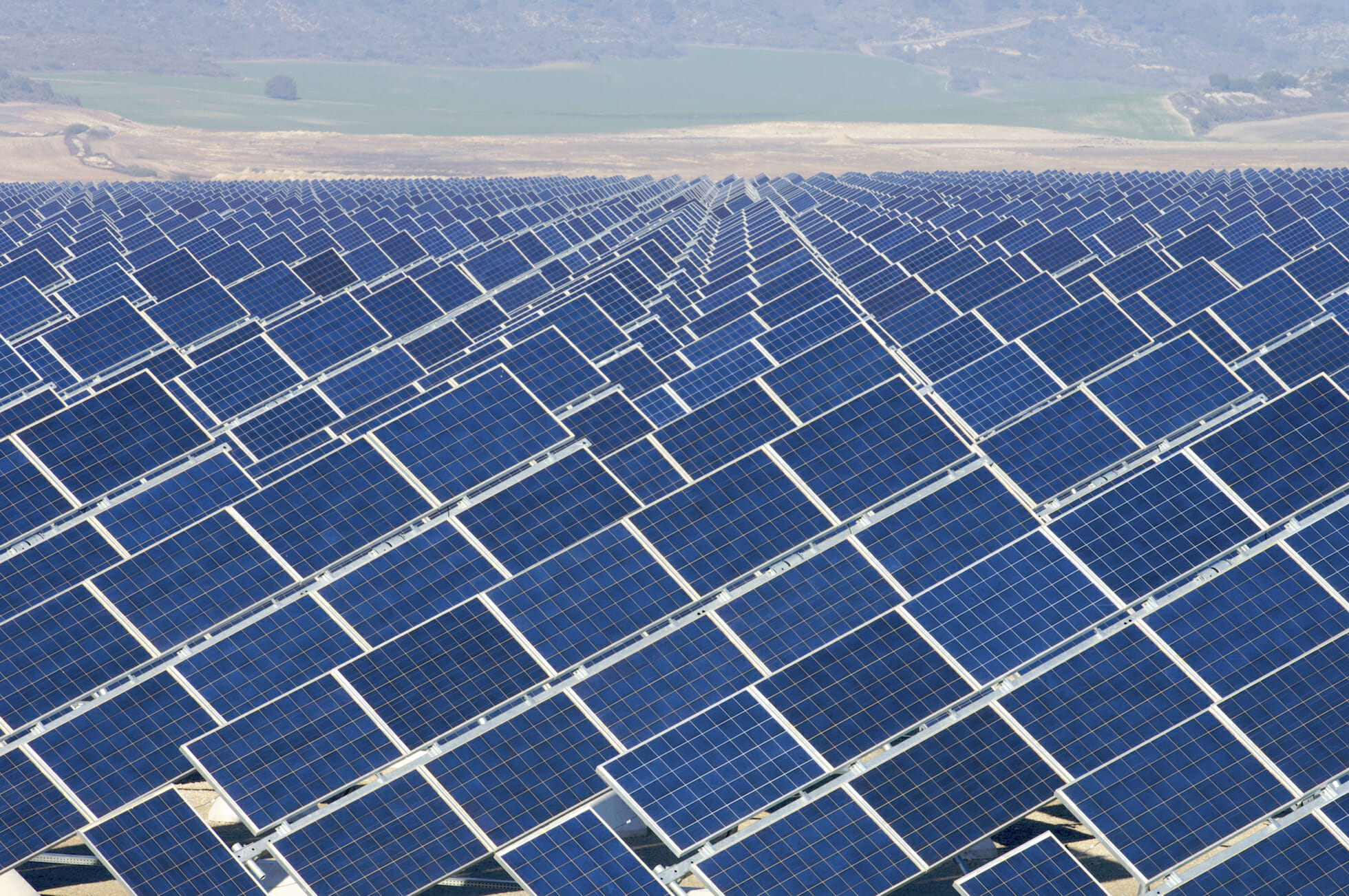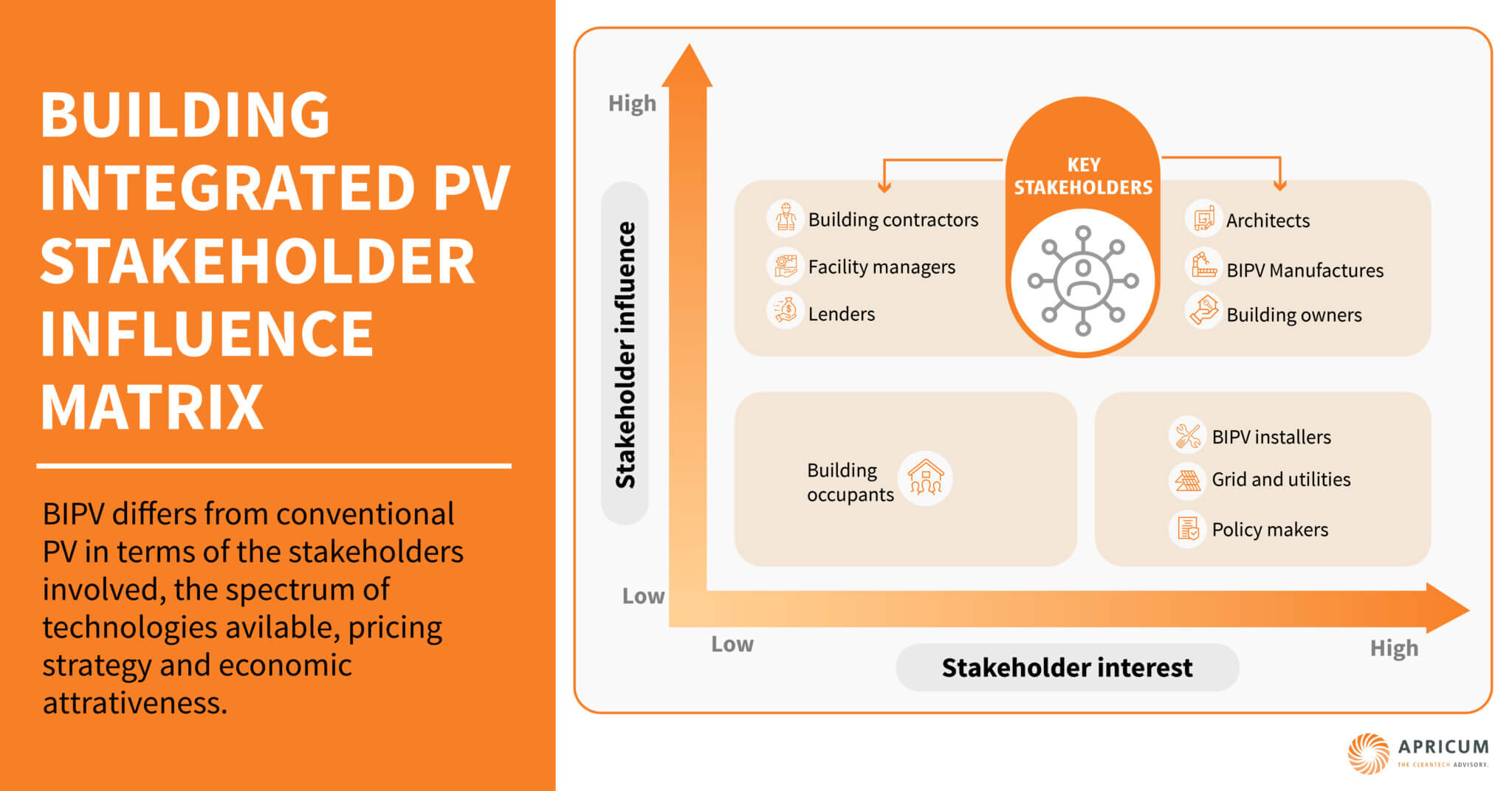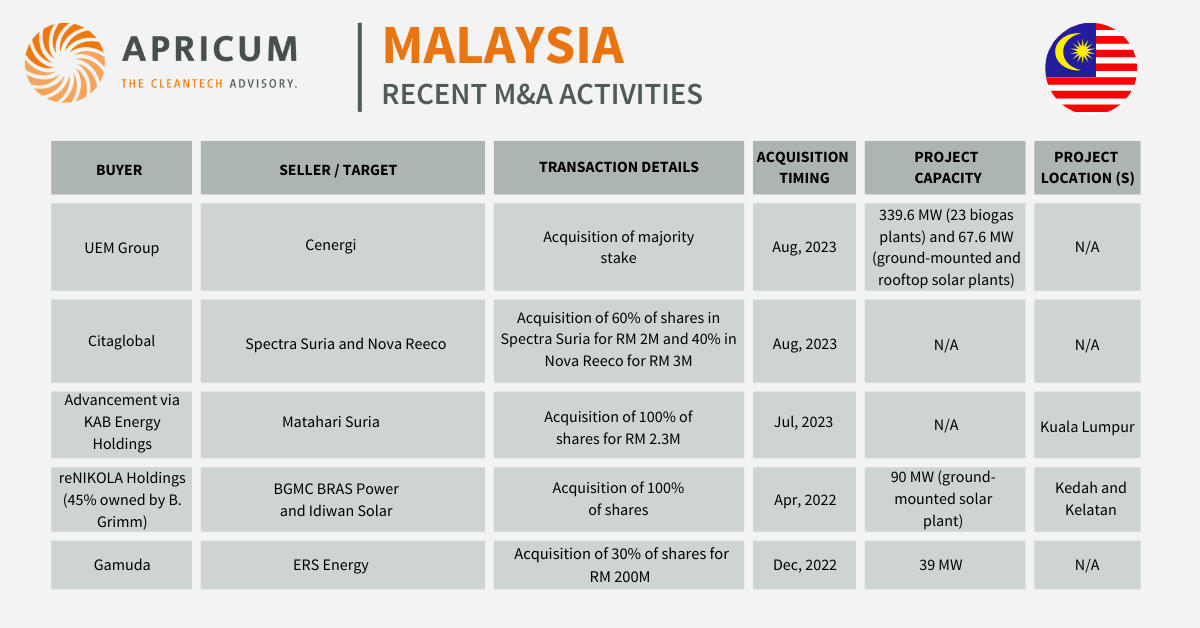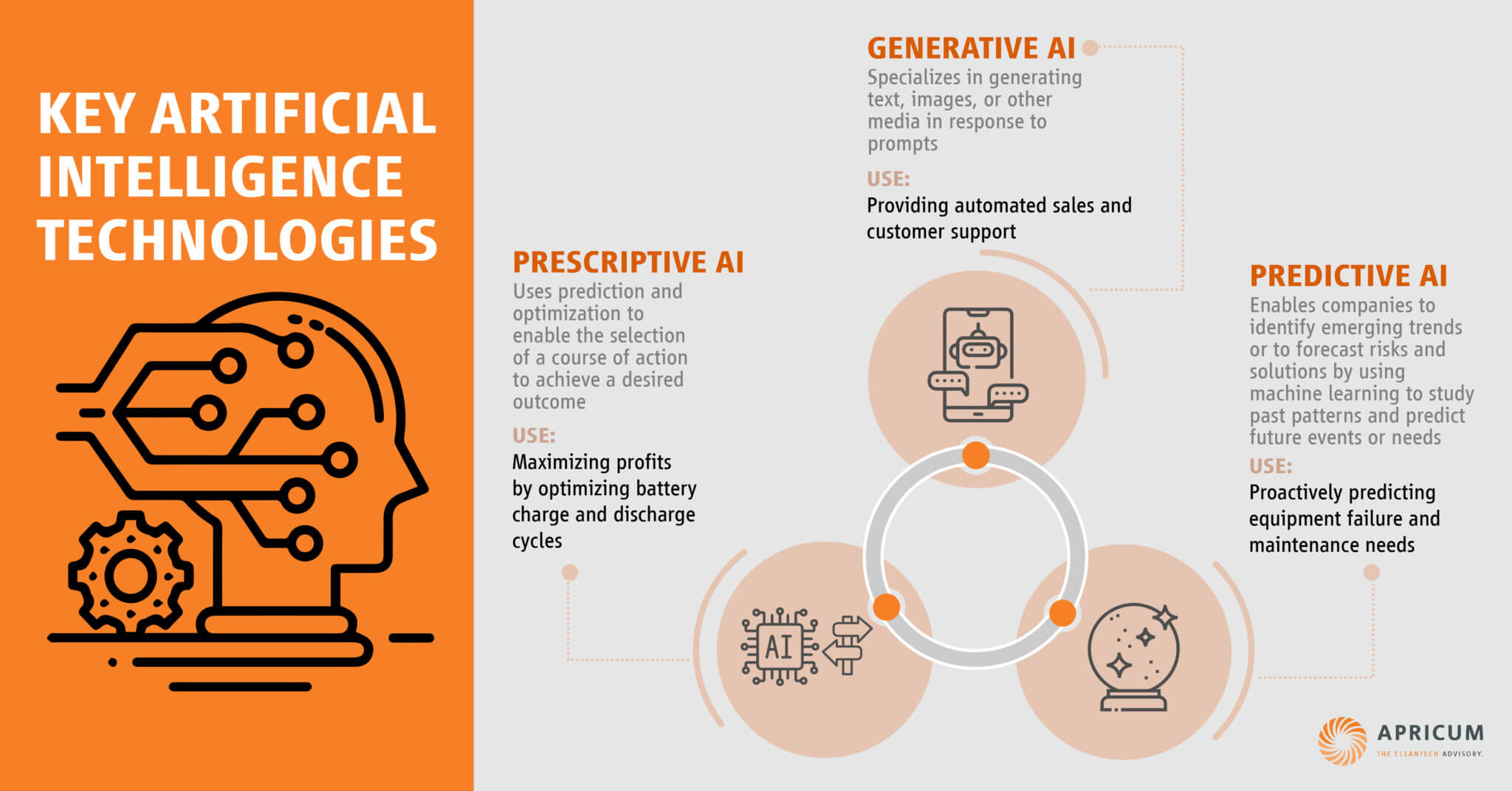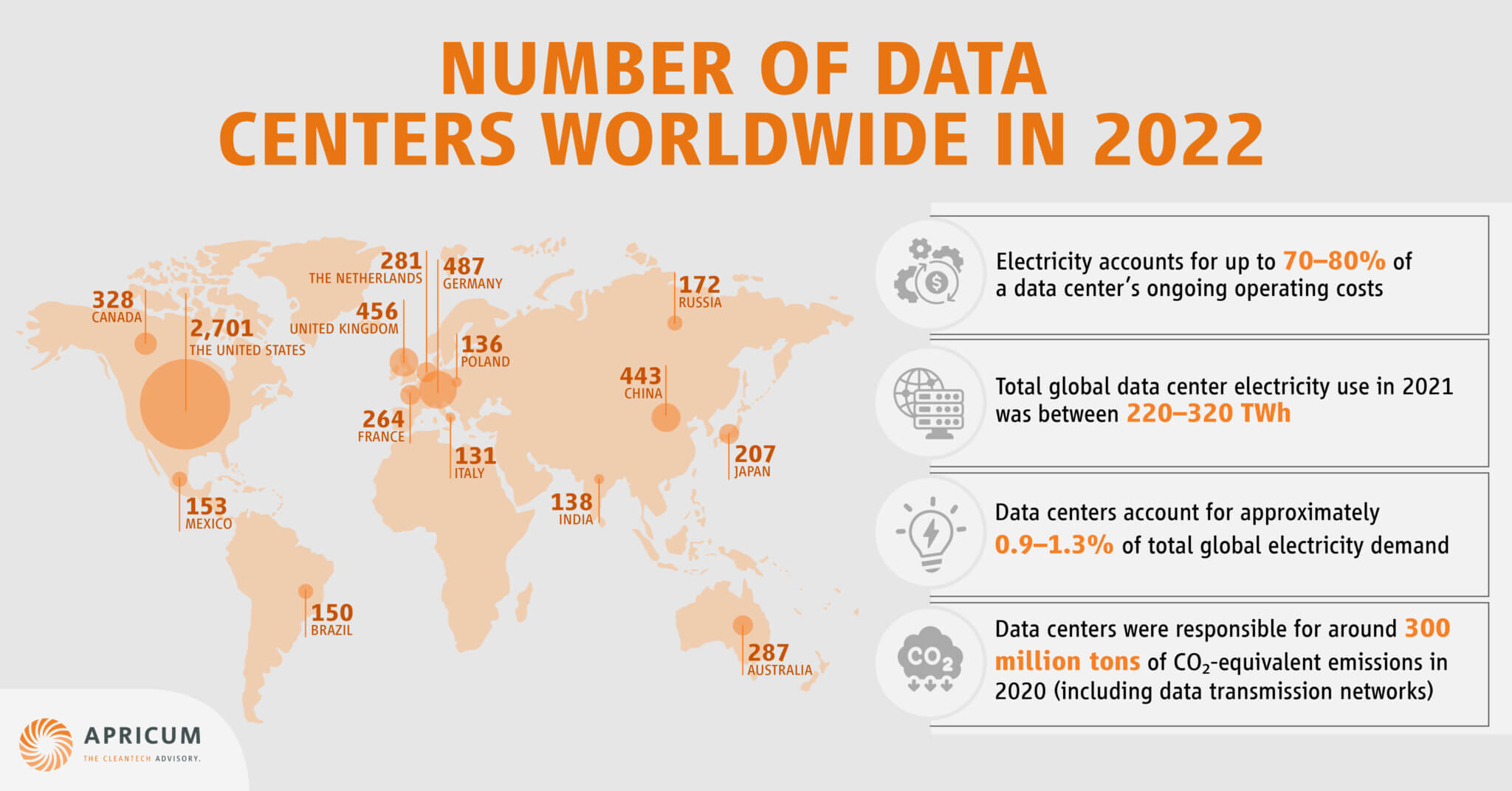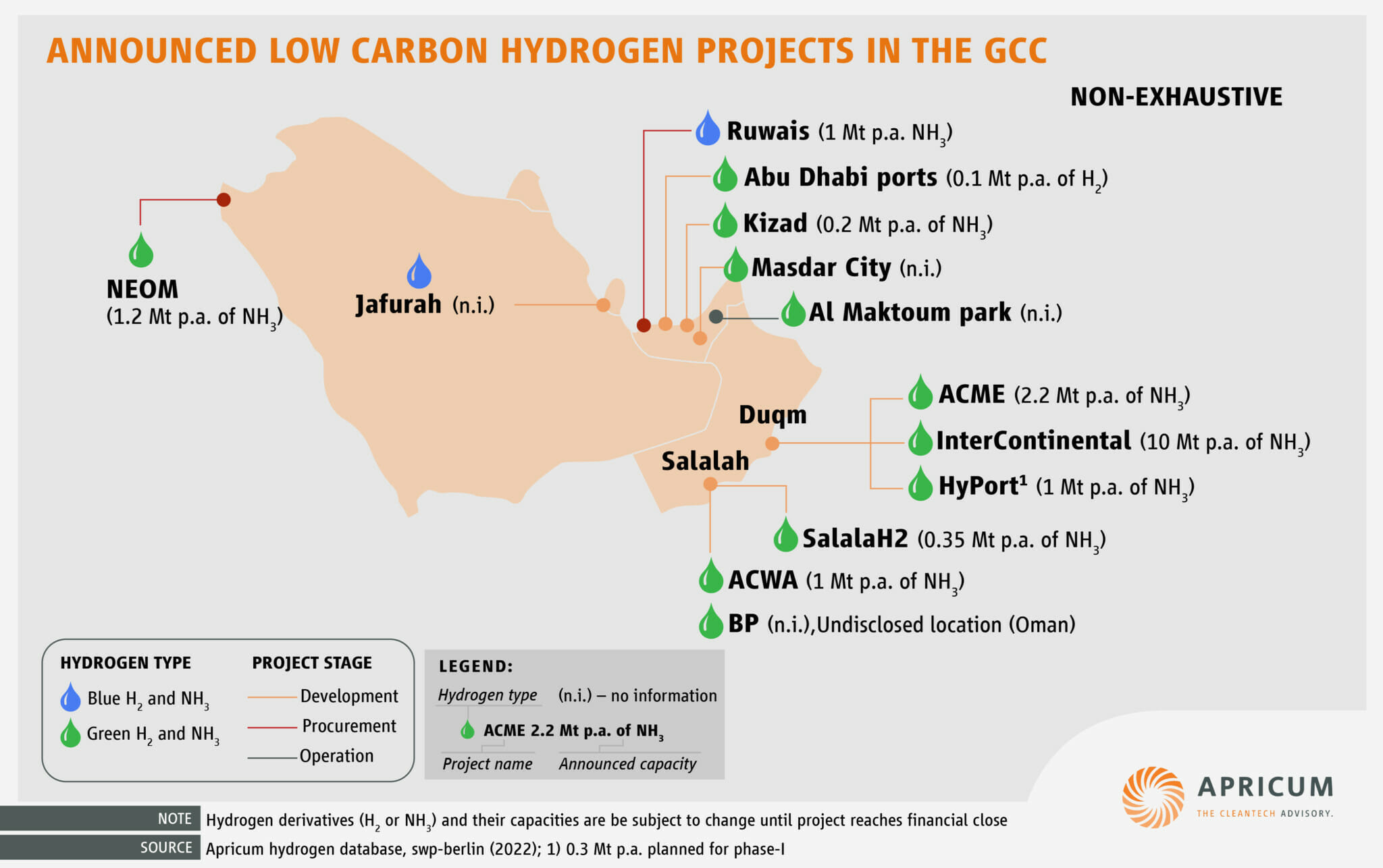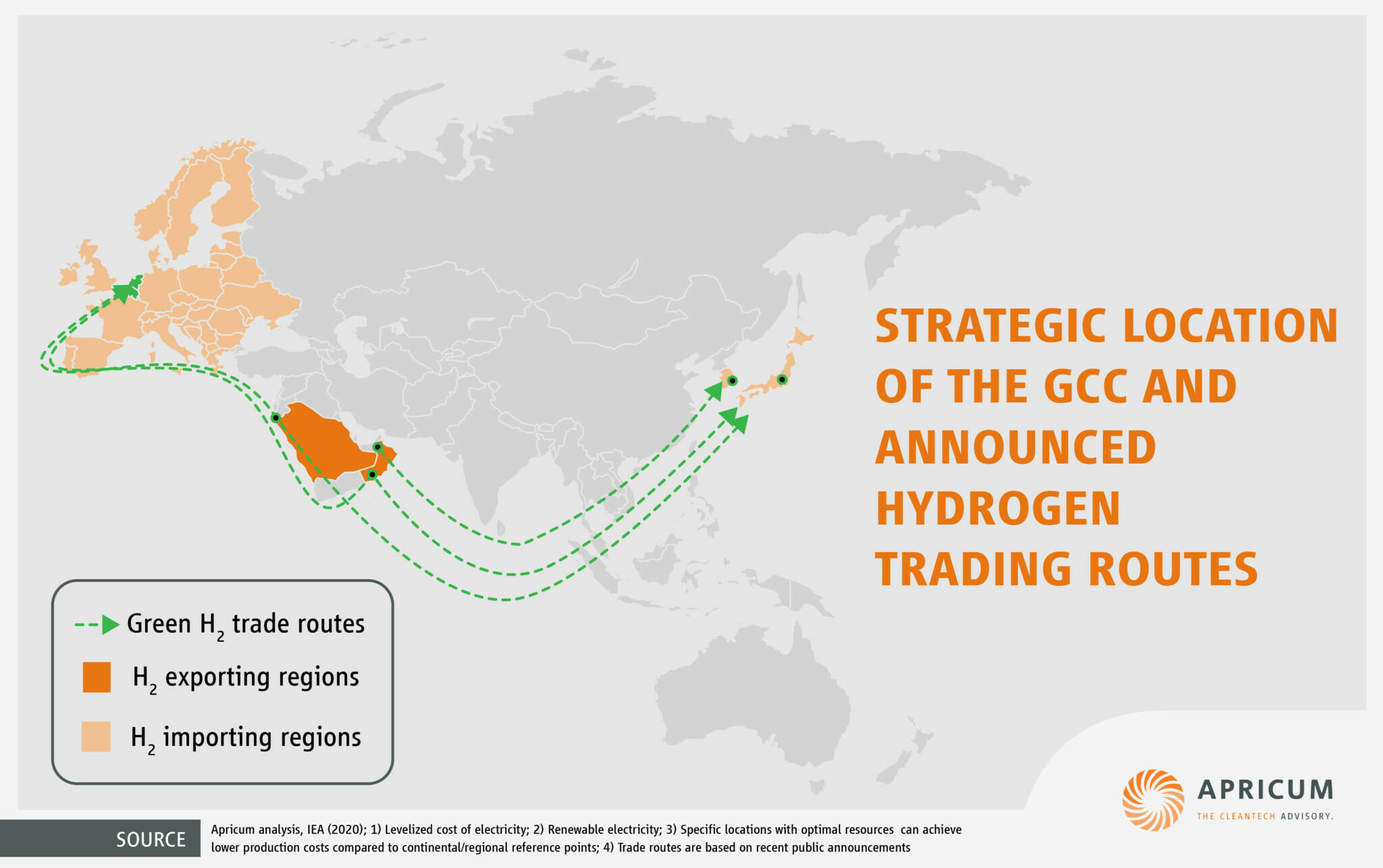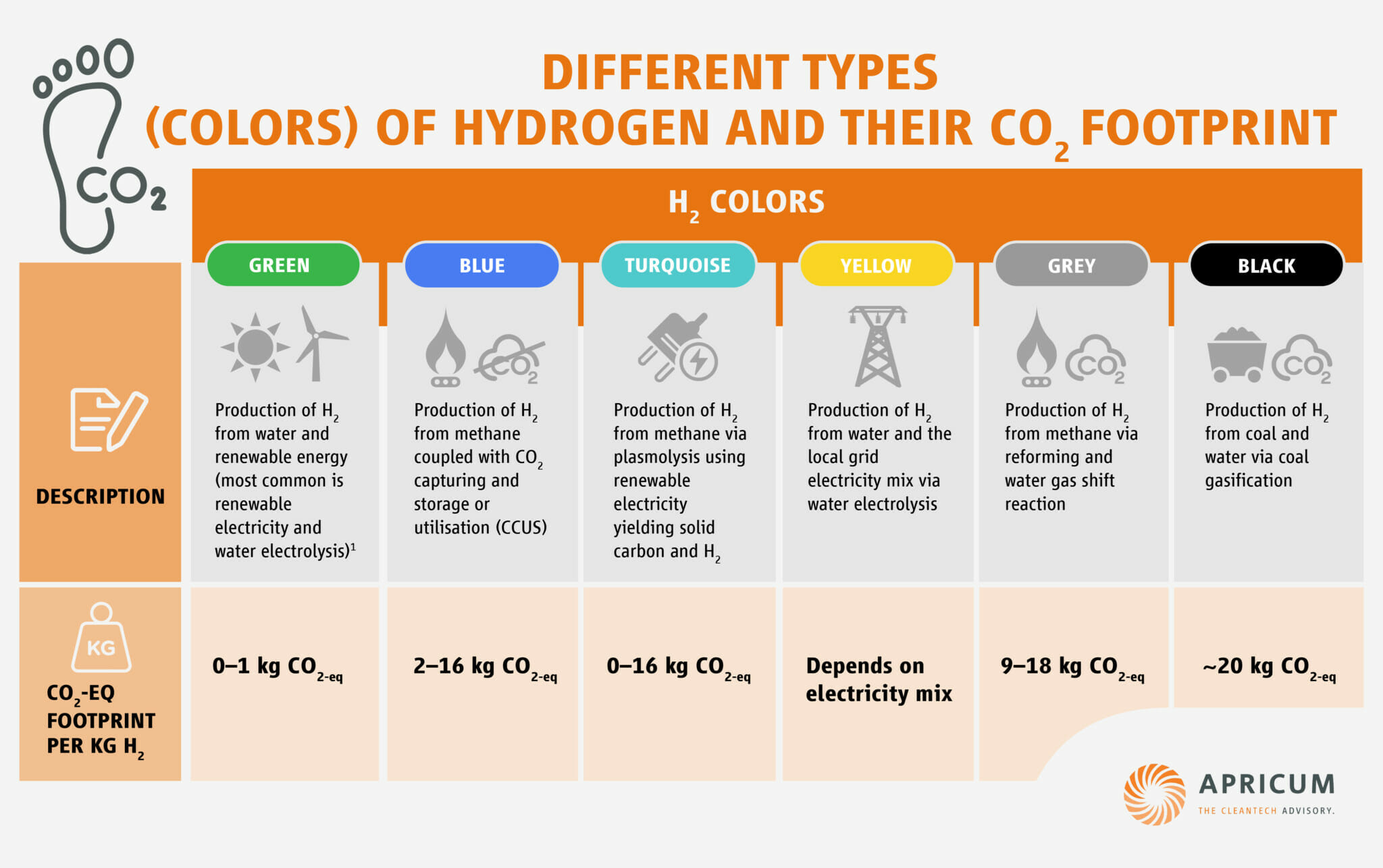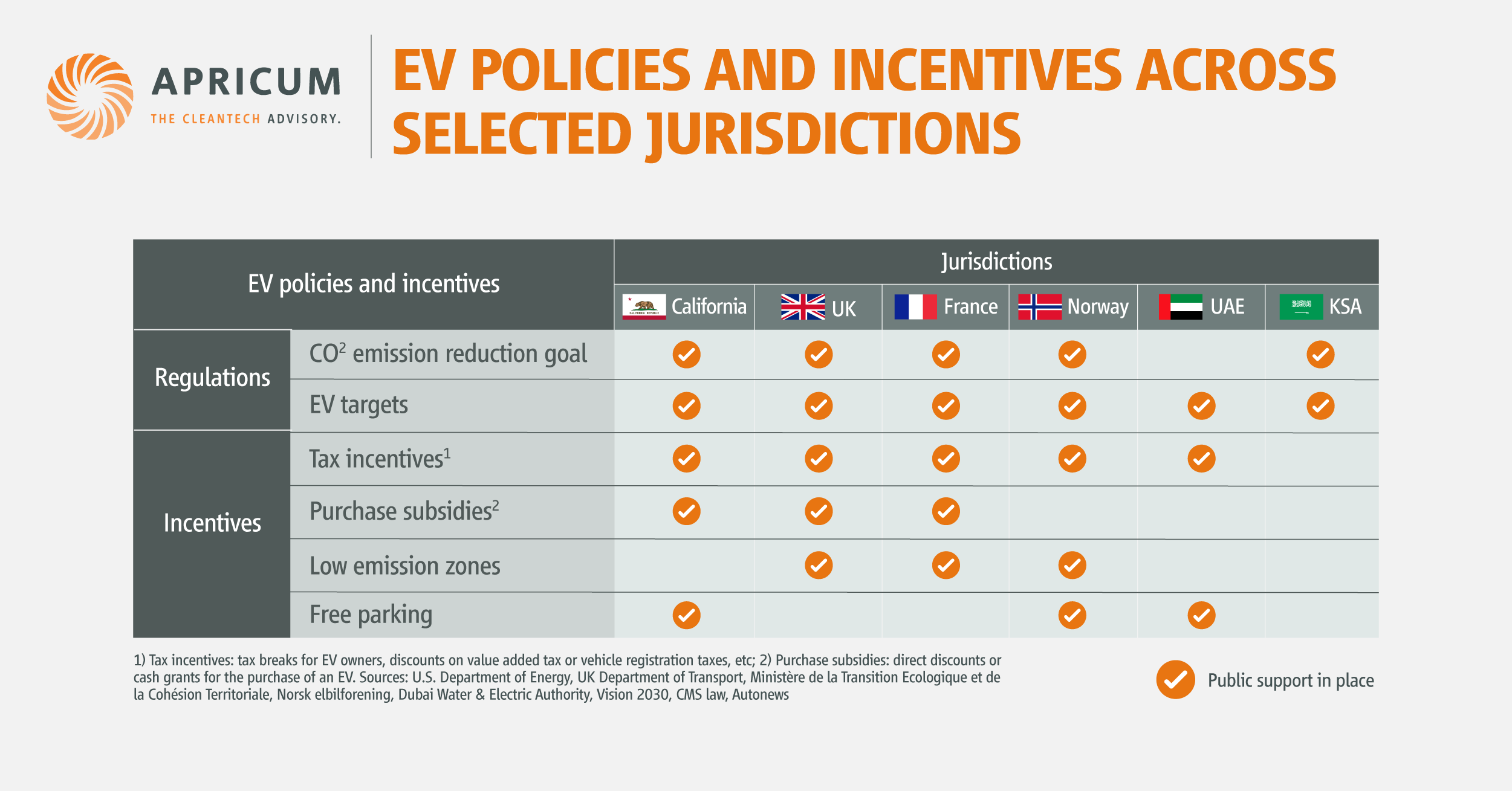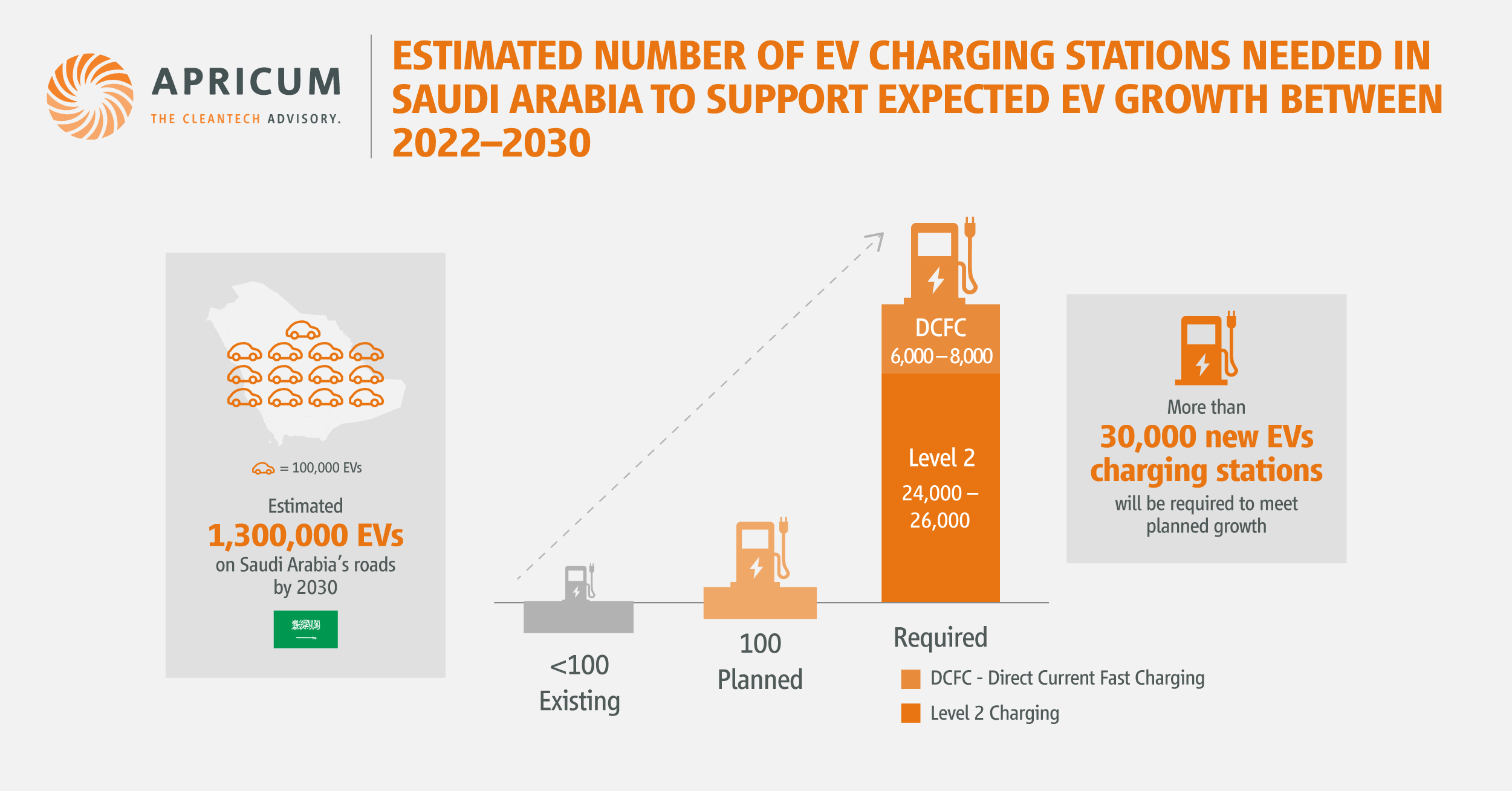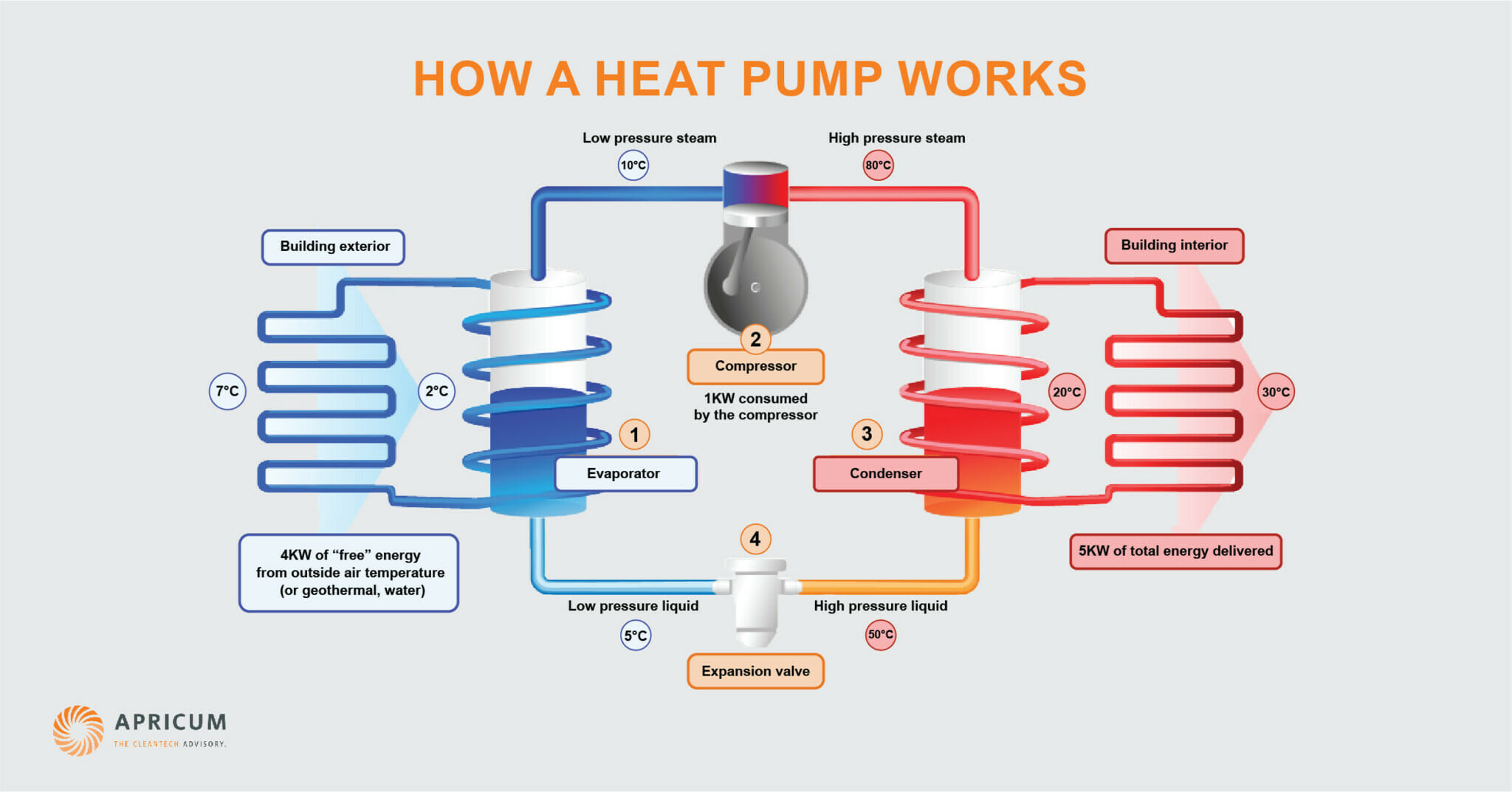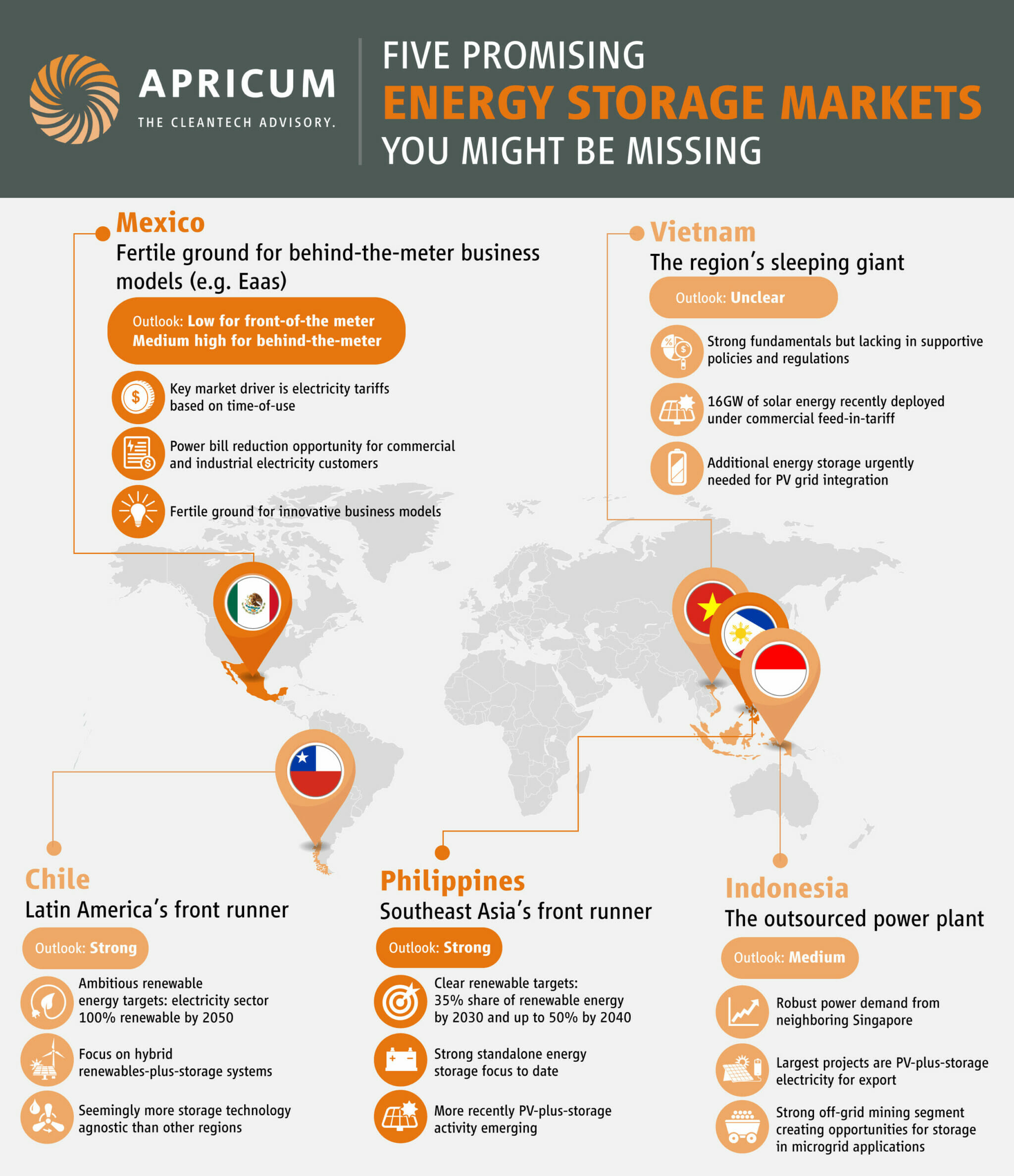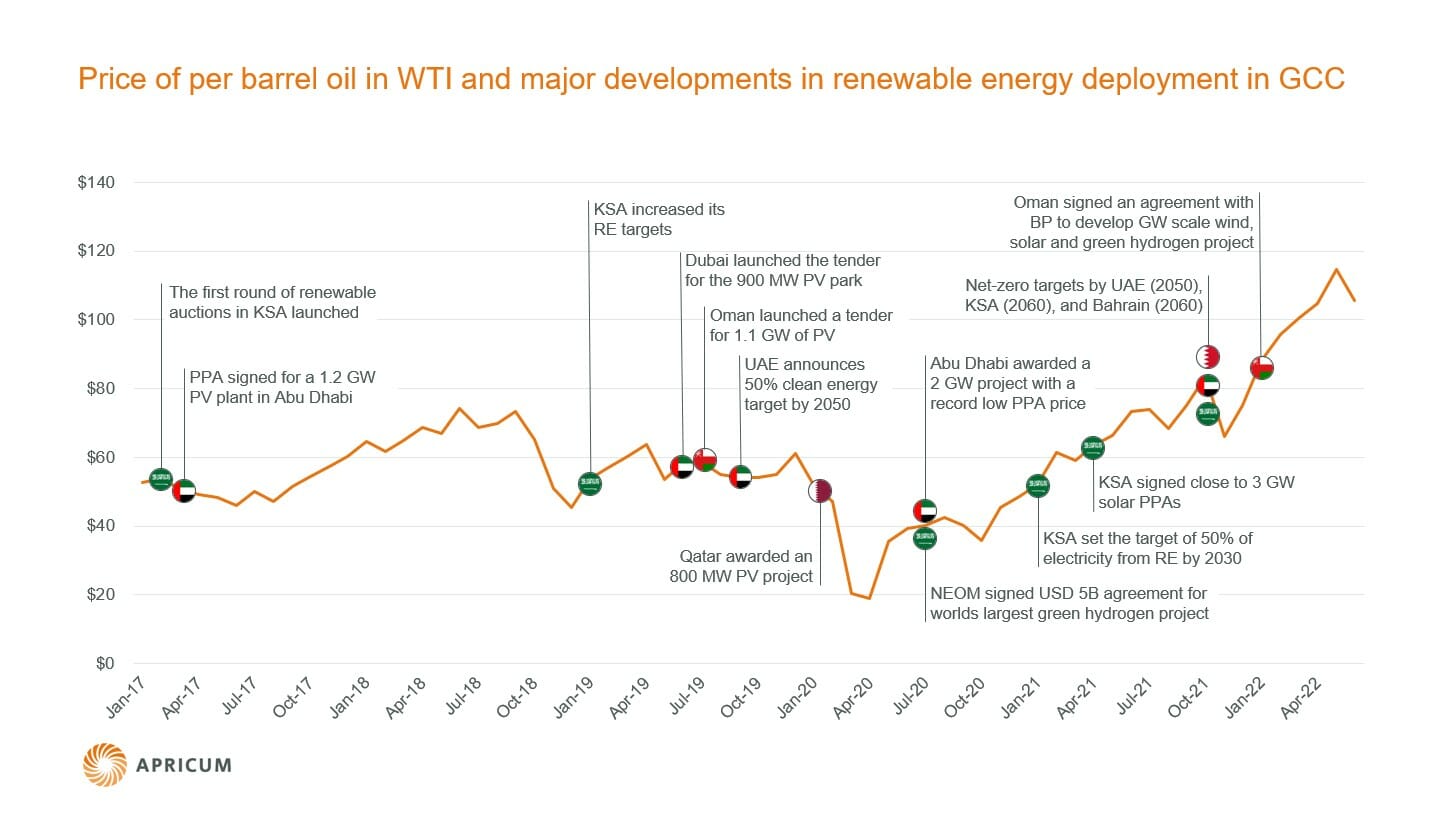In this interview with Florian Haacke, Apricum partner and head of the solar materials practice, we find out how innovative materials drive PV module performance directly determining system cost and why they are therefore an important consideration for PV system owners.
Looking back over the last 12 months, can it be said that PV module technology matured in 2014?
With projected annual growth rates of around 15–20% over the next five years, PV is still a highly dynamic growth market. Grid parity has been achieved in several parts of the world, with many additional regions to follow in the next three years. Attaining grid parity requires constant system cost reduction with parallel performance improvements. The progression of this cost/performance ratio is by far not at its end, and will be advanced mainly by technological innovation driven by new materials.
Where are system lifetimes moving? Won’t more durable PV modules be “overtaken” by innovative new products?
Shortening or prolonging PV module lifetime was indeed at the center of a lively debate up until about three years ago. Analogies were drawn with consumer electronics, where better performing devices led to ever shorter lifecycles. The opposite holds true for PV with relatively high installation effort and a simple product offering – cost of energy. Consequently, system owners and financiers have favored durable and above all reliable PV module designs. Certainty and reliability of their investment can be achieved with three main levers: material selection, component design and robust manufacturing practices.
The knowledge about single PV module materials is still limited – do stakeholders recognize their importance?
Before PV industry consolidation, a system owner did not need to be an expert in PV materials. And in fact, they weren’t, relying mostly on third party selection with the assumption that qualities were generally high. With the crunch of consolidation however, immense cost pressure on PV module manufacturers partly led to a short-term focus. Some materials were replaced by cheaper ones with lower performance. More importantly, better performing materials that had come to the markets were not readily adopted on account of perceived unit cost. This was and remains short-sighted. Today, systems owners need to be – and generally are – more aware of important protective materials, such as encapsulants, backsheet, glass coatings and frame sealings.
Have metrics for performance measurement changed over the past few years?
Apricum works for system owners, EPCs, module manufacturers and material companies all over the world. Common to all of these segments is the use of LCOE (levelized cost of energy), which is gaining ground over cost-per-watt (EUR/watt) as a performance metric. You might recall that cost-per-watt merely describes the purchase price for the initial power capacity in the first minute of use. If an anti-reflective coating, encapsulant or backsheet then begins to fail during the first half year, the cost-per-watt also fails as a comparative measure. LCOE provides a much more accurate measure of system performance, total energy costs and cash flow over the system’s lifetime. And it also accounts for longer module lifetimes. Besides that, it helps to compare the long-term cost of PV energy generation with alternative sources and guides us towards grid parity assessments.
Can you give some examples of material innovation from recent project work?
Certainly, let’s start from within the module. Here, innovative material examples can be found in the new encapsulant films that generally show better barrier and electrical properties than in the past, with some geared towards higher light transmission. Backsheets with the latest material provide comparable features with regards to protective properties, as well as resistance against UV and abrasion in geographies with frequent sandstorms. Cover glass is generally becoming thinner and lighter while maintaining exceptional protective properties. Innovative cover coatings let in more light and sometimes even help to mitigate soiling. Of course, all of the above-mentioned materials interact together and need to be tuned for parallel use. As you can see, material performance improvements have delivered a wider choice that need to be carefully adapted to the specific area of use, geography, business model and financial goals of the system owner.
For questions or comments, please contact Apricum Partner Florian Haacke.

